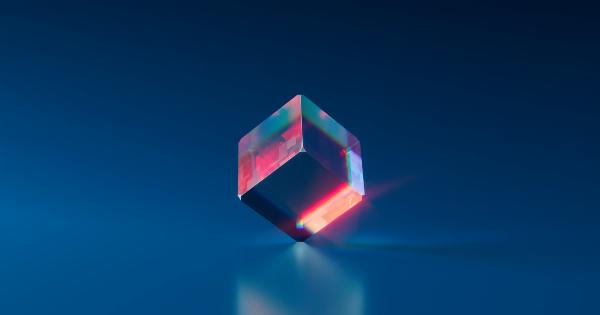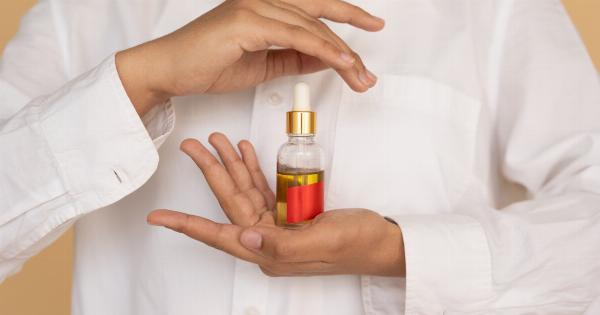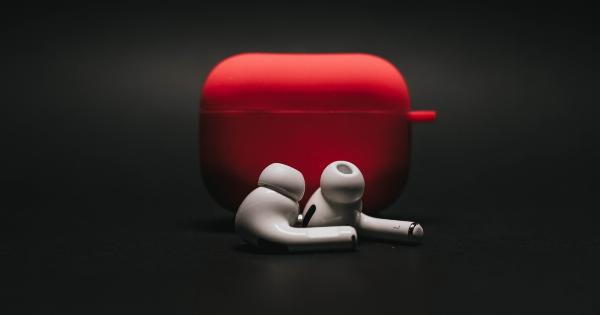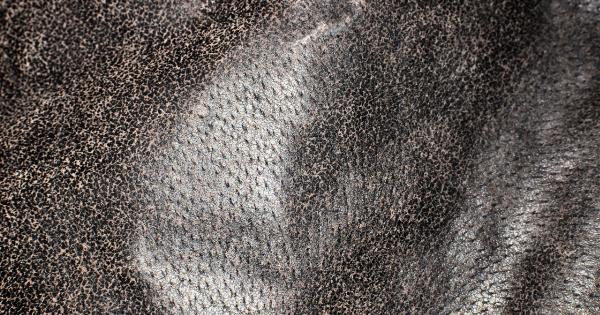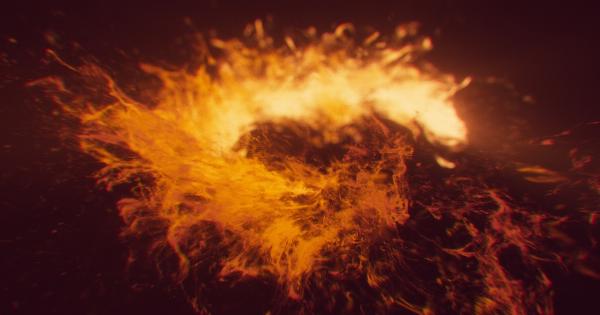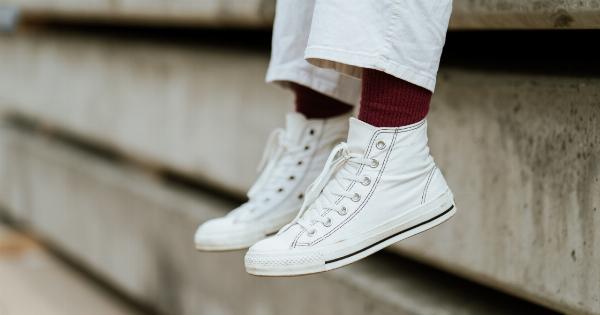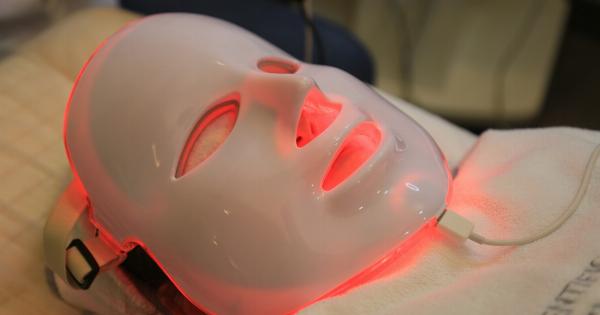Having clear skin is something everyone desires. However, with factors such as pollution, stress and unhealthy eating habits, maintaining clear skin can be a daunting task.
Fortunately, the cosmetic industry has come up with numerous techniques to help clear your skin and keep it healthy. Here are some of the latest techniques:.
1. Chemical Peels
Chemical peels are a non-invasive technique that helps to reduce acne and scars. The process involves the application of a chemical solution to the skin, which exfoliates the top layer of dead skin cells to reveal a smoother, brighter complexion.
There are three types of chemical peels: superficial, medium, and deep.
Superficial chemical peels have the mildest concentration of acid, and they require little to no downtime. Medium peels contain a higher concentration of acid and can penetrate deeper into the skin. This type of peel requires some time to heal.
Deep chemical peels are the most potent and can effectively treat wrinkles, acne scars and pigmentation. Deep chemical peels often require longer downtime and must be performed by a licensed dermatologist.
2. Microneedling
Microneedling is a minimally invasive technique that involves the use of a derma roller, which has tiny needles that penetrate the skin.
This stimulates the production of collagen and elastin, thus reducing the appearance of fine lines, wrinkles and acne scars. The benefits of microneedling include improved skin texture and tone, reduced pore size, and increased skin elasticity.
Microneedling can be done at home using a derma roller, or at a dermatologist’s office with the use of a more potent device. The procedure is relatively painless and requires little to no downtime.
3. Laser Skin Resurfacing
Laser skin resurfacing is a popular technique that uses a laser to vaporize the top layer of damaged skin cells. This causes the skin to heal naturally, revealing a smoother, younger-looking complexion.
The procedure can effectively treat wrinkles, sun damage, age spots, and acne scars.
There are two types of lasers used for skin resurfacing: ablative and non-ablative. Ablative lasers are more potent and require longer downtime, but they offer significant results.
Non-ablative lasers, on the other hand, are milder and require little to no downtime. The decision on which type of laser to use depends on the individual’s skin type and the extent of damage.
4. LED Light Therapy
LED Light therapy is a painless, non-invasive skin treatment that uses various wavelengths of light to stimulate skin cells. This promotes collagen production, improves skin texture and tone, and reduces the appearance of fine lines and wrinkles.
LED light therapy also helps to reduce melanin production, which is responsible for hyperpigmentation and dark spots.
LED light therapy is suitable for all skin types and requires little to no downtime. The procedure can be done at home using handheld devices or at a dermatologist’s office, using more powerful devices.
5. Microdermabrasion
Microdermabrasion is a non-invasive technique that exfoliates the top layer of dead skin cells using a special tool. This reveals a brighter, smoother complexion.
Microdermabrasion can effectively treat acne, fine lines, and wrinkles, and improve skin texture and tone.
The procedure is painless and requires little to no downtime. Microdermabrasion can be done at a spa or dermatologist’s office and is often done in combination with other skin treatments such as chemical peels or LED light therapy.
6. HydraFacial
The HydraFacial is a non-invasive, multi-step skin treatment that cleanses, exfoliates and hydrates the skin. The procedure involves the use of a special tool that combines cleansing, exfoliation, and hydration serums to rejuvenate the skin.
The benefits of the HydraFacial include improved skin texture and tone, reduced fine lines and wrinkles, and increased hydration.
The procedure is painless and requires little to no downtime. The HydraFacial can be done at a spa or dermatologist’s office and is often done in combination with other skin treatments.
7. Cryotherapy
Cryotherapy is a procedure that involves the application of cold vapor to the skin to promote rejuvenation. The procedure involves the use of liquid nitrogen to create a cold vapor, which is applied to the skin.
The benefits of Cryotherapy include improved skin texture and tone, reduced pore size, and increased skin elasticity.
The procedure is painless and requires little to no downtime. Cryotherapy can be done at a spa or dermatologist’s office and is often done in combination with other skin treatments such as chemical peels or LED light therapy.
8. Platelet-Rich Plasma Injections
Platelet-Rich Plasma injections involve the collection of the patient’s blood, which is then spun in a centrifuge to separate the platelets from the red blood cells.
The platelets are then injected back into the skin, which promotes collagen production, improves skin texture and tone, and reduces the appearance of fine lines and wrinkles.
The procedure is minimally invasive and requires little to no downtime. Platelet-Rich Plasma injections are often done in combination with micro-needling or laser skin resurfacing.
9. Chemical Peels Light
Chemical peels light is a more mild and gentle version of traditional chemical peels. It is designed for those with more sensitive skin.
The procedure involves the application of a more gentle chemical solution to the skin, which exfoliates the top layer of dead skin cells and reveals a smoother, brighter complexion. Chemical peels light can effectively treat acne and hyperpigmentation caused by sun damage.
The procedure requires little to no downtime and can be done at a spa or dermatologist’s office.
10. Radiofrequency Skin Tightening
Radiofrequency skin tightening is a non-invasive technique that uses radio waves to heat the skin’s deepest layers, promoting collagen production and improving skin elasticity.
The procedure can effectively treat sagging skin, fine lines, and wrinkles.
The procedure requires little to no downtime and can be done at a spa or dermatologist’s office.
Conclusion
There are numerous skin-clearing techniques available, and it’s always beneficial to seek the advice of a dermatologist to determine which treatment is best for your specific skin concerns.
Whether you’re looking to reduce wrinkles, dark spots, or acne scars, the latest techniques discussed above can help you achieve clearer, healthier skin.




